July 8, 2025 /SemiMedia/ — In response to mounting pressure for supply chain security, South Korea has intensified efforts to localize critical semiconductor materials since Japan’s 2019 export curbs. Those restrictions targeted photoresists, hydrogen fluoride (HF), and polyimides—materials essential to chipmaking—and exposed South Korea’s heavy reliance on Japanese suppliers, who control over 90% of global output in those areas.
Following the trade tensions, the Korean government launched a national initiative to bolster domestic capabilities. Companies like Dongjin Semichem, SoulBrain, and Samyang NC Chem have since developed local production of photoresists, high-purity HF, and polyimides, helping South Korea reduce its dependency. Between 2018 and 2024, reliance on Japanese photoresist imports dropped from 93.2% to 65.4%, while HF imports fell from $160 million to $60 million—a 62.5% decline.
Despite these gains, major bottlenecks remain in materials for cutting-edge semiconductor nodes. HF used in semiconductor manufacturing comes in wet and dry forms; although South Korea has localized wet-process HF, the dry version—vital for advanced nodes—remains dominated by Japan due to higher technical complexity and supply chain barriers.
A similar gap persists in photoresists. While Korea has made progress in ArF photoresists used in older processes, it still lags in EUV photoresists required for sub-7nm production. Japanese firms TOK, JSR, and Shin-Etsu Chemical jointly hold 97% of this critical market.
South Korea’s relative success in material localization is linked to the strength of its domestic semiconductor ecosystem, anchored by Samsung Electronics and SK Hynix. The nation hosts over 700 companies across equipment, components, chemicals, and engineering services, making it one of only a few countries with a nearly complete chip supply chain alongside the U.S., Japan, Mainland China, and Taiwan region.
Yet in several key areas, Korea remains dependent on foreign technologies. EUV lithography tools are exclusively supplied by ASML in the Netherlands, while deposition and etching tools are dominated by Japan’s Tokyo Electron and U.S. firms like Applied Materials and Lam Research. Over 90% of Korea’s supply of CMP slurry, EUV photoresists, and EUV blanks still comes from abroad. Although firms like KC Tech and S&S Tech are investing in R&D, the technical hurdles remain steep.
Industry observers note that past government R&D efforts prioritized lower-risk projects with higher success rates. Analysts now argue that South Korea must pivot to high-risk, state-led investment in next-generation materials—especially in areas where full independence may be unfeasible but strategic resilience is non-negotiable.

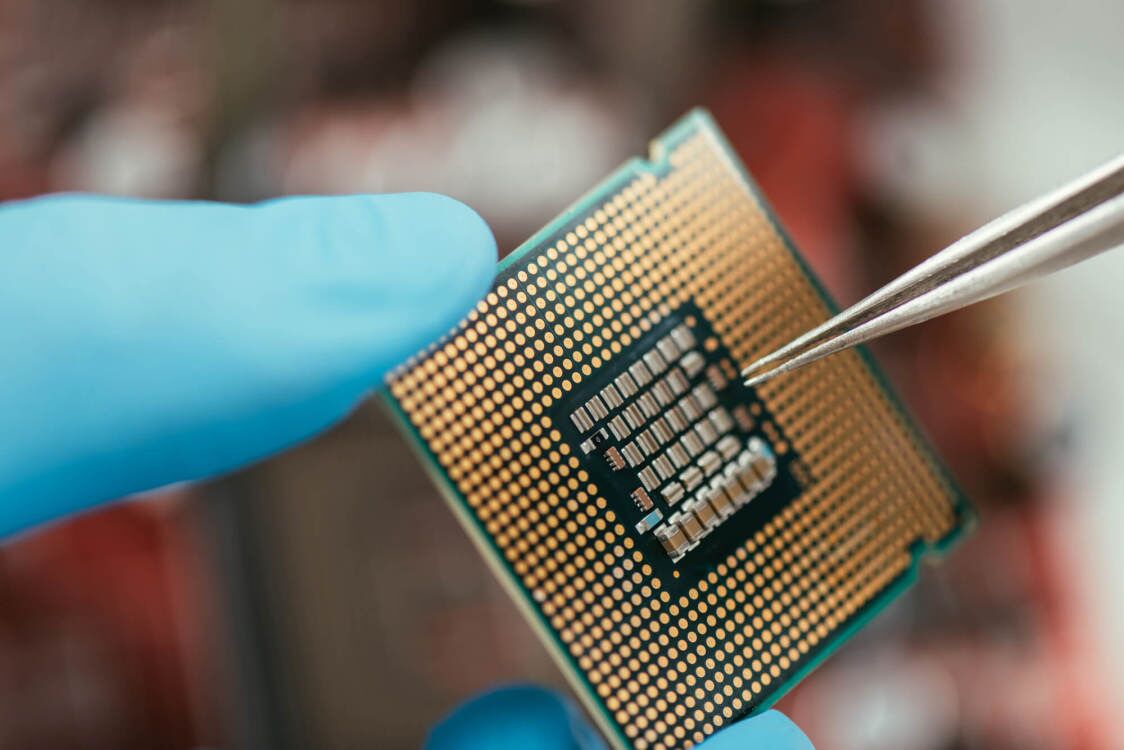

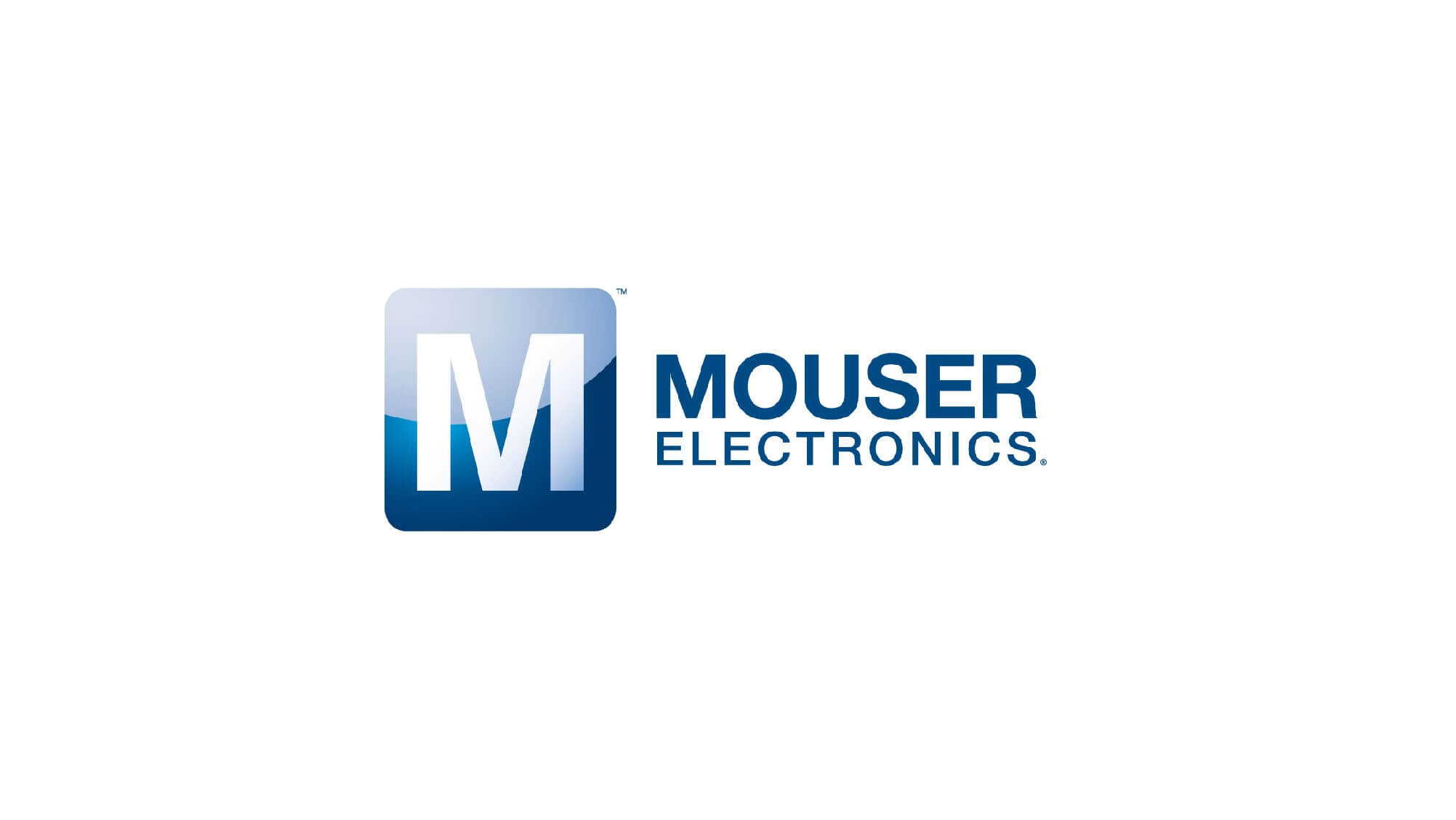


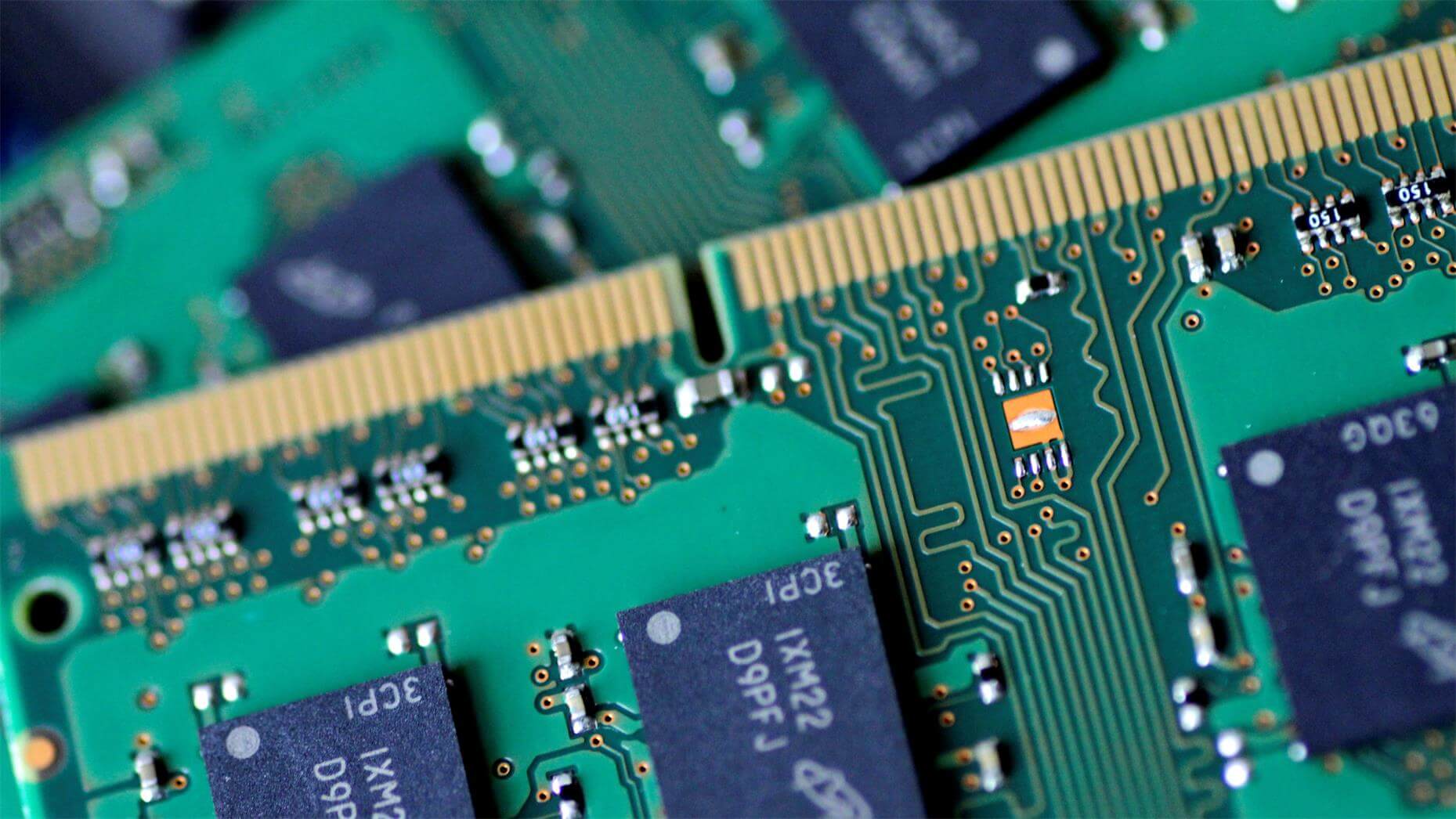

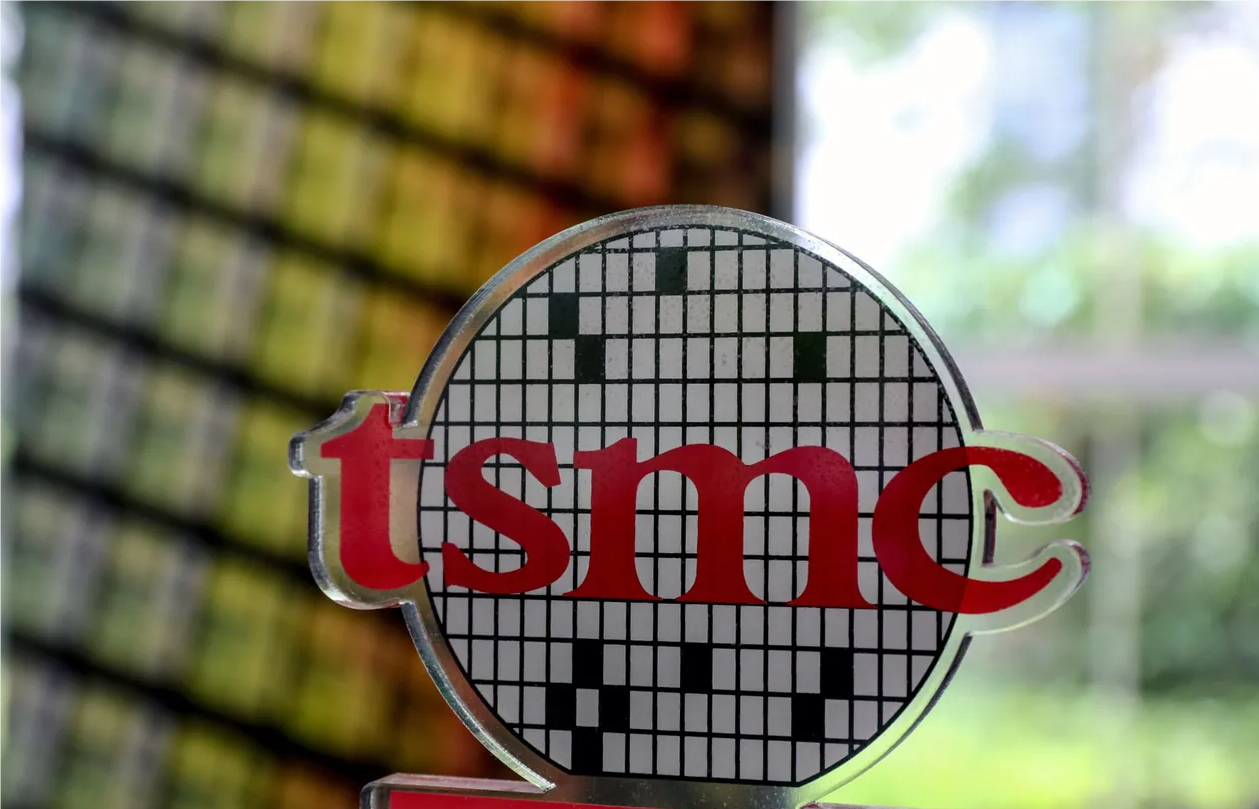
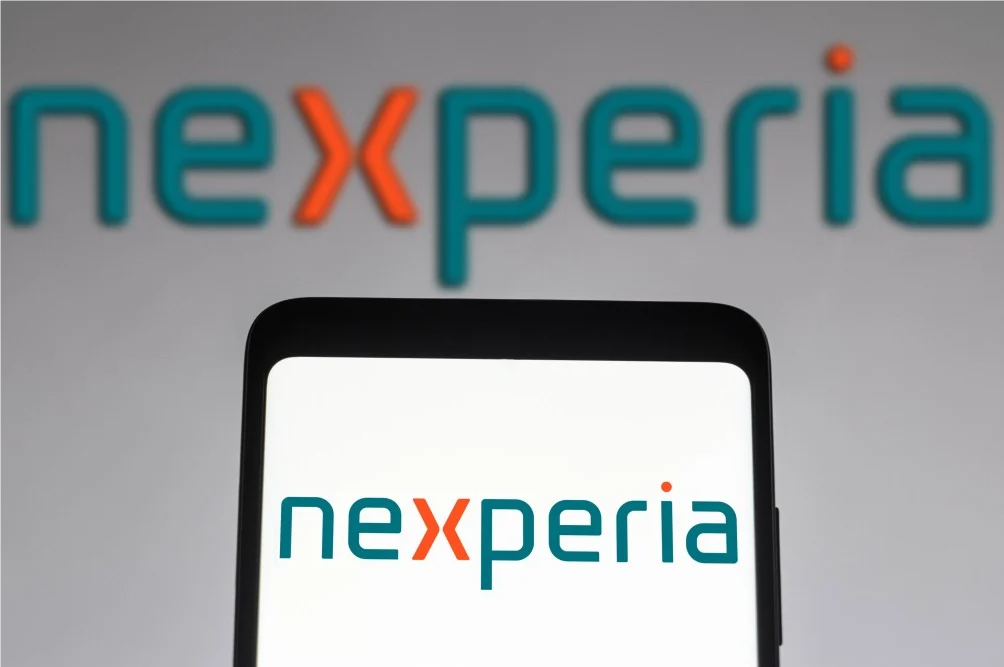
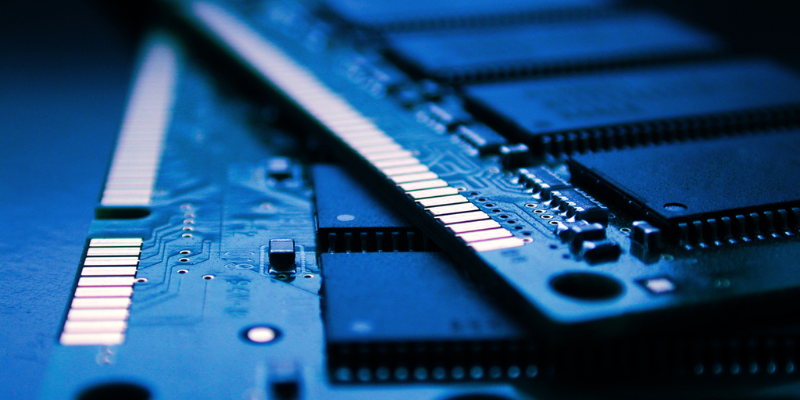
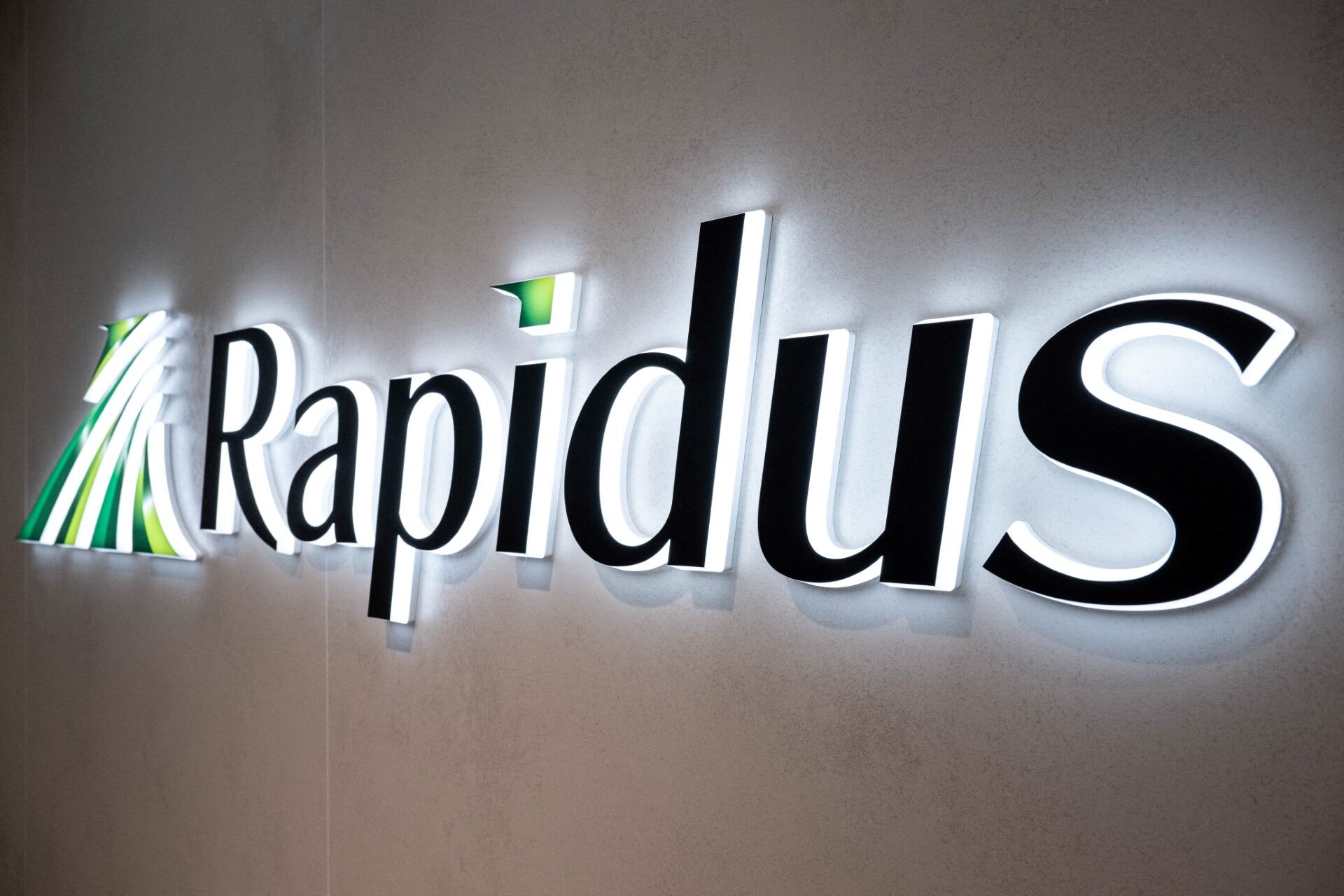
All Comments (0)